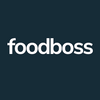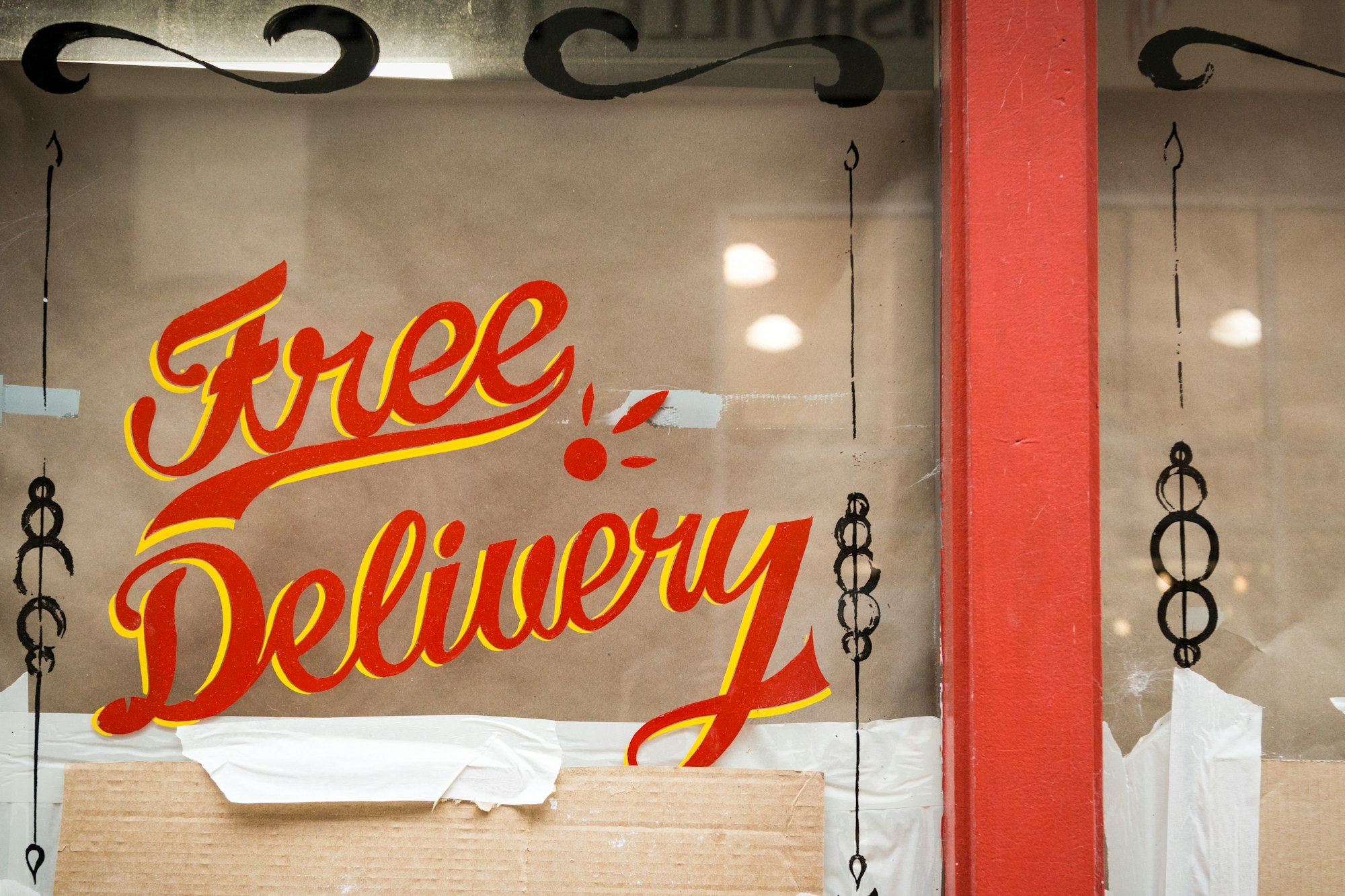Barron’s published an article late last week with some updates surrounding the food delivery industry and how it is beneficial to consumers during the Corona epidemic. Below are some excerpts and highlights. All of a sudden, food delivery, once seen as a special occasion or luxury item, is in high demand and there are some interesting findings. Keep reading to learn more.

Spending on meal delivery services was up 70% year-over-year in the last week of March, according to credit-card data from research firm Second Measure. Americans aren’t just ordering more often. They’re ordering more food, too. In the week ended March 30, the average order size was up 24% from a year ago, by far the biggest increase of the year, and the third straight week with a double-digit percentage increase.
Grubhub, Uber unit Uber Eats, and still-private rivals DoorDash and Postmates are now providing a crucial service for restaurants and diners across the country.
Part of the reason is the companies are doing more to help keep their restaurant customers in business. Each of the platforms is cutting delivery fees, in particular for small restaurants. Grubhub is deferring commissions for independent restaurants. Postmates is waiving commissions in select cities, including New York, San Francisco, Los Angeles, and Detroit. DoorDash has reduced commissions on independent restaurant deliveries; Uber Eats made a similar move. Both Postmates and DoorDash are expanding their “Essentials” offerings, delivering products from participating pharmacies and convenience stores.
In a recent blog post, DoorDash CEO Tony Xu said driver earnings have jumped $5 per active hour, to more than $22 an hour on average compared with a year ago.
Source: Barron's
Food delivery is playing a significant role in the everyday lives of many quarantined Americans. Demand has reached unprecedented levels over the last few weeks.

